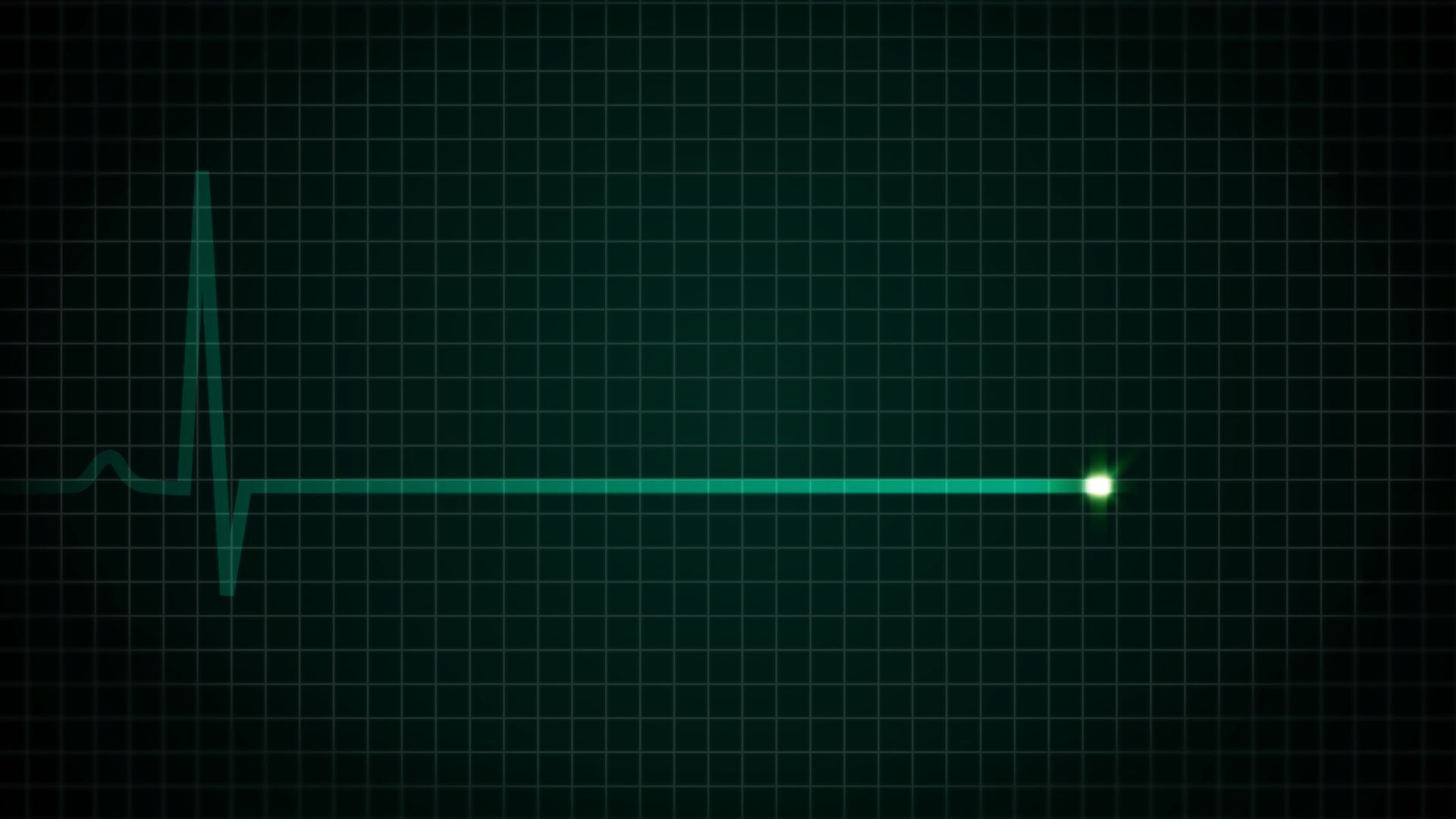Ventricular Fibrillation (VF)
Contents
Ventricular Fibrillation (VF) Pronunciation: Ven-tric-u-lar Fibril-la-tion (věn-trĭk’yə-lər fĭb’rə-lā’shən)
Definition: Ventricular fibrillation (VF) is a life-threatening cardiac arrhythmia where the heart’s lower chambers quiver and can’t contract or pump blood to the rest of the body.
What is Ventricular Fibrillation?
Overview: Ventricular fibrillation is a chaotic, rapid heartbeat that can lead to a sudden cardiac arrest. During VF, the heart’s electrical activity becomes disordered, causing the heart’s pumping chambers, the ventricles, to quiver ineffectively. If not treated immediately, VF can lead to death within minutes.
Key Facts About Ventricular Fibrillation:
- VF is the most frequent initial rhythm in sudden cardiac arrest.
- Immediate treatment with defibrillation – delivering a shock to the heart – is vital to restore a regular heartbeat.
- Without treatment, VF leads to loss of consciousness within seconds and death within minutes.
- Causes of VF include heart attacks, certain inherited disorders, and other heart-related issues.
- VF is different from atrial fibrillation (AFib), which involves the heart’s upper chambers.
Ventricular Fibrillation | Symptoms & Causes
What are the symptoms of Ventricular Fibrillation?
Individuals experiencing VF may exhibit:
- Sudden collapse
- No pulse
- Loss of consciousness
- Absence of breathing
- Chest pain (in moments before collapse)
What causes Ventricular Fibrillation?
Several factors can trigger VF, including:
- Heart attack or ischemia (lack of blood flow to the heart muscle)
- Scar tissue from a prior heart attack
- Certain medications or drug toxicity
- Electrical shock or trauma
- Inherited disorders like Brugada syndrome or Long QT syndrome
- Underlying heart disease or enlargement
Ventricular Fibrillation | Diagnosis & Treatments
How is Ventricular Fibrillation diagnosed?
Diagnosis is usually made in an emergency situation, using:
- ECG (Electrocardiogram) – provides a reading of the heart’s electrical activity.
- Physical signs – absence of a pulse and loss of consciousness.
How is Ventricular Fibrillation treated?
Immediate intervention is crucial for survival. Treatment options include:
- Defibrillation: The primary treatment for VF. It delivers a shock to the heart to reset the heart’s rhythm.
- CPR (Cardiopulmonary resuscitation): Provides a temporary blood flow, buying time until defibrillation can be performed.
- Medications: Once stabilized, anti-arrhythmic drugs may be used.
- Implantable Cardioverter Defibrillator (ICD): A device implanted under the skin to monitor heart rhythm and deliver shocks if dangerous rhythms are detected.
- Correct underlying causes: Managing conditions that triggered the VF.
References:
- American Heart Association. (2021). Ventricular Fibrillation. Retrieved from https://www.heart.org/en/health-topics/arrhythmia/about-arrhythmia/ventricular-fibrillation
More Articles





